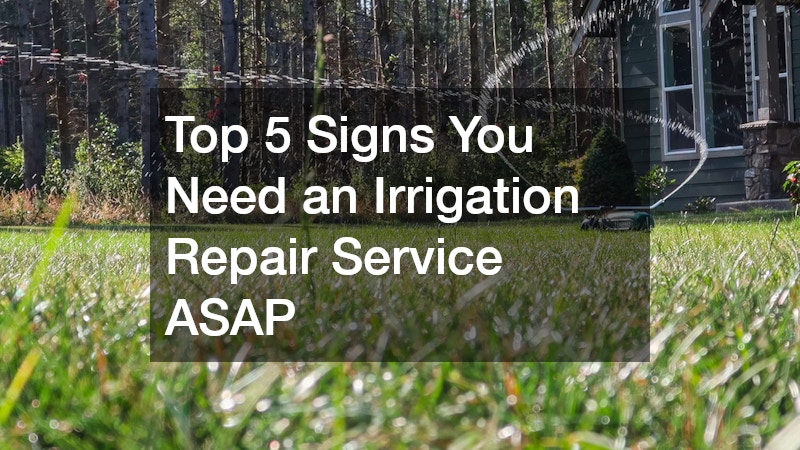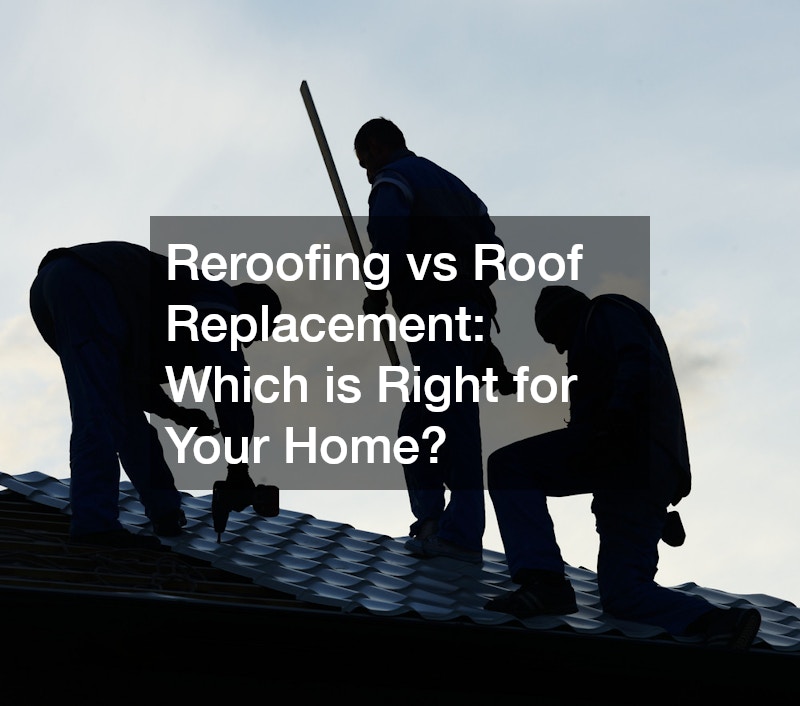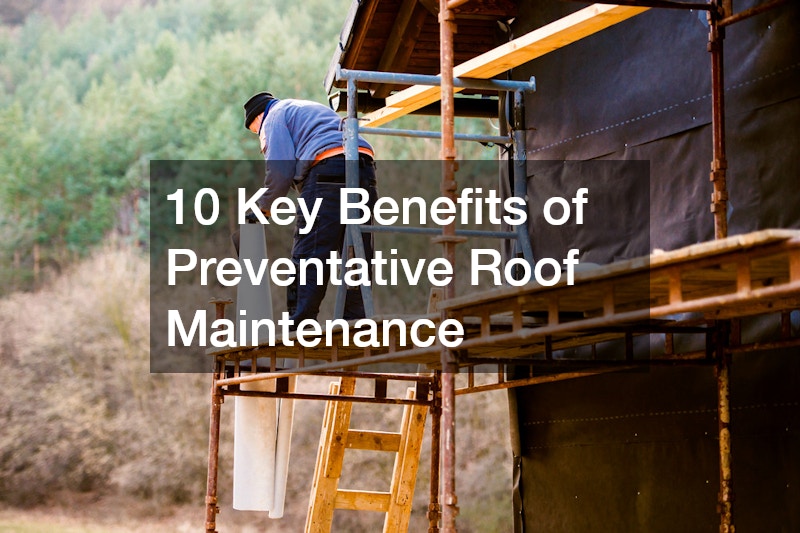
Evaluating Your Property’s Roof’s Condition
Preventative roof maintenance is one of the most effective ways to safeguard your property investment and protect the structural integrity of your home. Unlike waiting for visible issues to arise, preventative maintenance focuses on proactively addressing potential problems, ensuring the roof remains resilient against weather, debris, and general wear. By committing to regular inspections and upkeep, property owners can avoid costly repairs and unexpected issues that often emerge after years of neglect. Beyond just the financial benefits, a well-maintained roof supports the health of your entire building, providing insulation, protection from water damage, and stability. With preventative roof maintenance, you not only increase your roof’s longevity but also enhance energy efficiency and interior protection, making your home more comfortable and secure. You can do an initial evaluation of your roof’s condition, but you won’t know anything definitive until you consult an expert. An unprofessional observation may lead to unnecessary repairs or exacerbate the current underlying issues. That’s why it’s important to contact a professional before taking action.
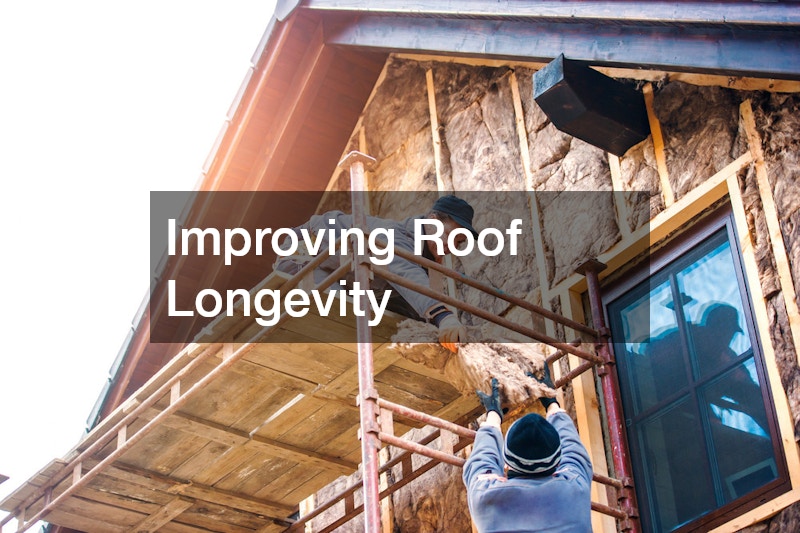
1. Improving Roof Longevity
A critical benefit of preventative roof maintenance is its impact on the roof’s longevity. Consistent upkeep, such as inspecting and repairing minor wear and tear, allows the roof to maintain its strength and functionality for longer periods. The roof is one of the most exposed parts of any building, facing harsh conditions that can gradually weaken its materials. With regular preventative roof maintenance, homeowners can ensure that their roof withstands these challenges effectively, avoiding premature deterioration. Simple tasks, like removing debris, checking for loose shingles, and evaluating structural integrity, can make a significant difference in extending the life of the roof.
One key aspect of this maintenance is keeping gutters in optimal condition. Clogged gutters can lead to water pooling on the roof, increasing the risk of leaks and damage to the roofing materials. By cleaning and inspecting gutters regularly as part of a preventative roof maintenance routine, homeowners prevent water buildup and potential issues that could compromise the roof’s longevity. Effective gutter management goes hand-in-hand with roof care, as it directs water away from the home, ensuring a longer-lasting and more resilient roof.
2. Reducing Repair Costs Over Time
Preventative roof maintenance can significantly reduce the overall costs associated with roof repairs. By identifying and addressing small issues early on, homeowners avoid the expense and hassle of more extensive repairs that come from prolonged neglect. Regular maintenance allows for early detection of minor issues such as small leaks, loose shingles, or damaged flashing, all of which can escalate if left unaddressed. Instead of facing major structural repairs or even a full roof replacement, homeowners who invest in preventative maintenance save money by resolving issues before they worsen.
Working with a professional roofing contractor as part of a preventative maintenance plan provides the expertise needed to recognize and address potential issues accurately. Roofing contractors have the tools and skills to perform detailed inspections, assess damage, and conduct necessary repairs that keep costs in check. Partnering with a contractor who understands the nuances of preventative roof maintenance is an investment in both the roof’s condition and the homeowner’s budget, ultimately preventing unnecessary repair expenses.
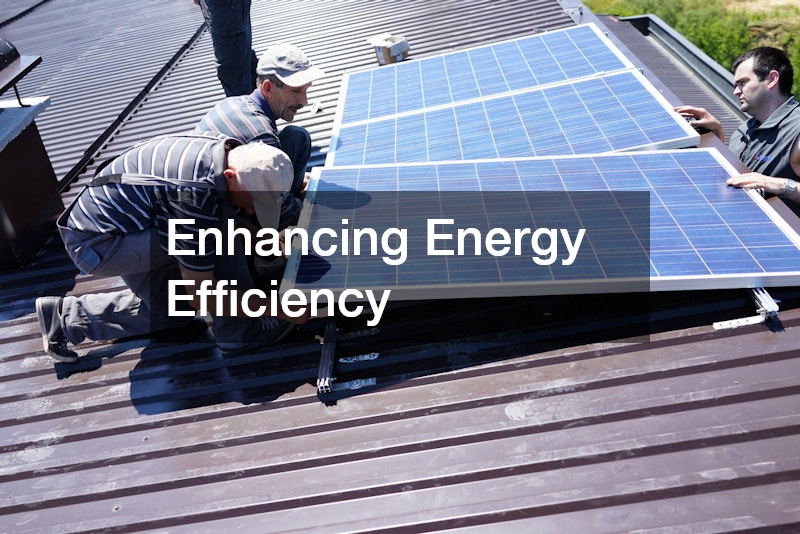
3. Enhancing Energy Efficiency
Preventative roof maintenance plays a key role in enhancing a home’s energy efficiency. When a roof is properly maintained, it provides better insulation, preventing unwanted heat loss in colder months and keeping indoor spaces cooler during warmer weather. Issues like damaged or missing shingles, unsealed flashing, or even small gaps can all affect a roof’s ability to insulate effectively. By addressing these issues regularly, homeowners ensure their roof performs optimally, reducing the strain on heating and cooling systems and potentially lowering energy bills.
A well-maintained roof also supports other exterior elements, such as siding from a local siding contractor, which further contributes to the home’s overall insulation. By making both the roof and siding a priority in preventative maintenance, homeowners can achieve a more energy-efficient living environment. Regular inspections and timely repairs help retain comfortable temperatures within the home, ultimately making preventative roof maintenance a wise choice for energy savings and increased efficiency.
4. Preventing Water Damage and Leaks
One of the primary advantages of preventative roof maintenance is its ability to prevent water damage and leaks. Even minor roof issues, such as small cracks or damaged tiles, can allow moisture to seep in, leading to serious problems within the home’s structure. Regular maintenance helps identify and address these vulnerabilities before they allow water to enter the building, safeguarding the home from potentially extensive water damage. By taking preventative measures, homeowners avoid issues like rotting wood, weakened support beams, and compromised ceilings, all of which can result from unchecked leaks.
For homes with tile roofing, this maintenance is particularly crucial, as even a single damaged tile can lead to leaks and related issues. Tile roofing services often provide specialized inspections and repairs that address the specific needs of tile materials, ensuring that each tile remains intact and properly aligned. Through careful preventative roof maintenance, homeowners with tile roofs can avoid leaks, maintain their home’s structural integrity, and protect their interiors from water damage.

5. Protecting Interior Structures
Preventative roof maintenance goes beyond just preserving the roof; it also protects the home’s interior structures. A compromised roof can lead to issues like leaks, mold growth, and even pest infestations, all of which can damage walls, ceilings, and other internal elements. By ensuring the roof is in optimal condition, homeowners create a first line of defense for their interiors, protecting against damage that would otherwise impact the home’s comfort, appearance, and structural soundness. This proactive approach keeps the entire property in better condition, reducing the need for frequent interior repairs and renovations.
Louvered roof pergolas, often attached to or installed near the home, can also benefit from a well-maintained roof. A roof that is effectively managed helps shield these outdoor structures from excessive water exposure, creating a more durable and visually appealing exterior space. Through preventative roof maintenance, homeowners ensure that both their interiors and connected outdoor areas remain in top shape, preserving the beauty and functionality of the entire property.
6. Maintaining Roof Warranty Requirements
Many roof warranties come with specific maintenance requirements that must be met to remain valid. Preventative roof maintenance is crucial in ensuring that these warranty conditions are upheld. Most warranties require regular inspections, timely repairs of minor damage, and proper upkeep to cover unexpected issues or repairs. By adhering to these guidelines, homeowners can avoid the risk of voiding their warranty, allowing them to rely on the warranty if major repairs or replacements become necessary in the future. Staying compliant with warranty terms through regular maintenance helps protect the homeowner’s investment in their roof.
One specific element to consider in preventative roof maintenance is a vented roof system, which helps regulate temperature and moisture levels within the roof structure. Maintaining this system through regular checks ensures it functions correctly, meeting any warranty requirements related to ventilation. By incorporating the upkeep of vented roof systems into a comprehensive preventative maintenance plan, homeowners can confidently meet warranty conditions, secure coverage, and extend the roof’s functional life.

7. Increasing Property Value
A well-maintained roof significantly contributes to a home’s property value. Prospective buyers view a home with a sturdy, well-kept roof as a sound investment, knowing they’re less likely to encounter unexpected repairs. Preventative roof maintenance keeps the roof in excellent condition, increasing the home’s curb appeal and demonstrating to potential buyers that the property has been cared for diligently. A roof free of visible damage, with all materials in optimal shape, can be a major selling point, boosting the property’s value in the real estate market.
Regular preventative maintenance also benefits elements like roof decking, which plays a critical role in supporting the roof structure. Roof decking services can identify and reinforce any weak areas in the decking, ensuring the entire roof system remains stable and functional. This attention to detail through preventative roof maintenance reassures buyers, showing that the home’s structural components are sound, thereby making the property more valuable and attractive to potential buyers.
8. Enhancing Safety and Stability
Preventative roof maintenance is essential for ensuring the safety and stability of the home’s structure. A well-maintained roof protects the entire building, reducing risks such as water infiltration, mold growth, and structural damage that can compromise safety. Regular inspections and timely repairs help identify potential hazards like loose shingles, cracked flashing, or weakened supports, which, if left unaddressed, could lead to costly and dangerous issues. Preventative roof maintenance strengthens the home’s overall stability, safeguarding occupants from potential risks associated with a compromised roof.
Roof washers play an important role in preventative roof maintenance by keeping the roof clean and free from damaging debris. Moss, algae, and dirt can accumulate over time, leading to moisture retention and eventual damage. Regular roof washing helps maintain the roof’s integrity, ensuring it remains secure and safe for years. By incorporating roof washing and routine inspections into a preventative maintenance plan, homeowners protect the structural stability of their homes and ensure a safer living environment.
9. Preventing Mold and Mildew Growth
Preventative roof maintenance is crucial in preventing mold and mildew growth, which can have serious health and structural implications for a home. Moisture that seeps through even the smallest cracks in a roof can create an ideal environment for mold and mildew to thrive. Left unchecked, this growth can spread to walls, ceilings, and other parts of the home, leading to respiratory issues and other health concerns for occupants. Regular maintenance helps identify areas vulnerable to moisture, reducing the risk of mold growth before it becomes a larger issue.
For homes with metal roofing, preventative roof maintenance can include checking for signs of rust or areas where moisture might accumulate. A metal roofing company often provides specialized services to prevent these issues, such as applying protective coatings or replacing damaged sections. This proactive approach not only preserves the roof’s aesthetic and functional quality but also minimizes the likelihood of mold and mildew infiltrating the home’s structure. Through careful maintenance, homeowners can ensure a cleaner, healthier living environment free from the risks associated with mold.
10. Minimizing Emergency Repairs
One of the most practical benefits of preventative roof maintenance is the reduction in emergency repair needs. By addressing minor issues early on, homeowners can avoid the costly and inconvenient repairs that often arise from neglected maintenance. Emergency roof repairs tend to be more complex and expensive, as they frequently involve fixing severe leaks, storm damage, or structural compromises. Preventative maintenance minimizes the need for these urgent fixes, providing peace of mind and predictable maintenance costs.
Preventative roof maintenance also allows homeowners to anticipate when larger interventions, such as roof replacements, might be needed. Knowing the general condition of the roof through regular inspections enables homeowners to plan and budget for future projects, avoiding the financial strain of sudden, unexpected repairs. This forward-thinking approach supports a more manageable home maintenance strategy, ensuring the roof remains functional without the disruption and expense of emergency services.
Maintaining The Structural Integrity of Your Roof
Preventative roof maintenance is a valuable practice that offers a wide range of benefits, from increasing the roof’s lifespan to enhancing energy efficiency and protecting the home’s interior. By investing in routine upkeep, homeowners can ensure their roofs remain resilient against environmental stressors and avoid costly repairs that could arise from prolonged neglect. Each aspect of maintenance—whether it’s clearing gutters, working with a roofing contractor, or addressing structural concerns—contributes to a roof that not only safeguards the home but also boosts its value and visual appeal.
Beyond these tangible advantages, preventative roof maintenance promotes a safer, healthier, and more comfortable living environment. It prevents common issues like leaks, mold growth, and insulation loss, all of which could impact both the home and its inhabitants. In the end, preventative roof maintenance is more than a practical investment; it’s a commitment to preserving the home’s integrity and protecting the well-being of those who live within it.

